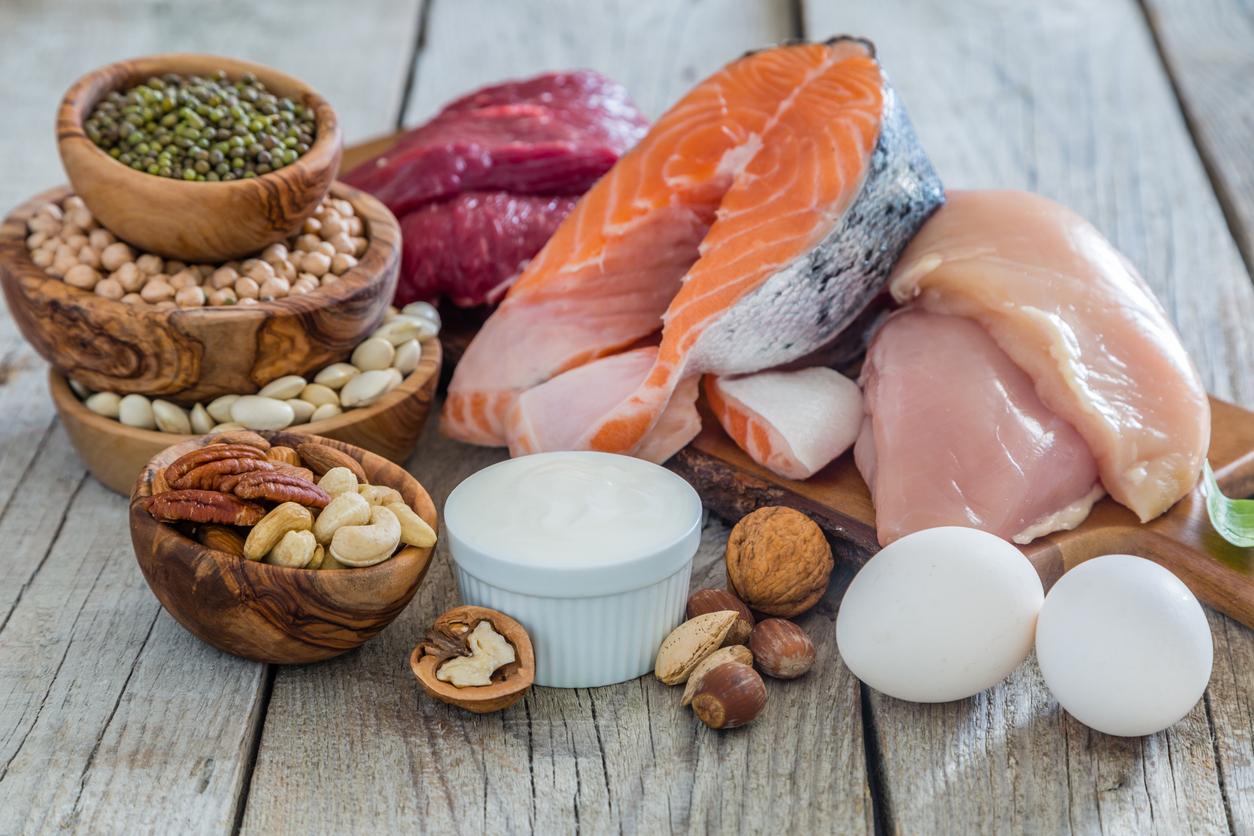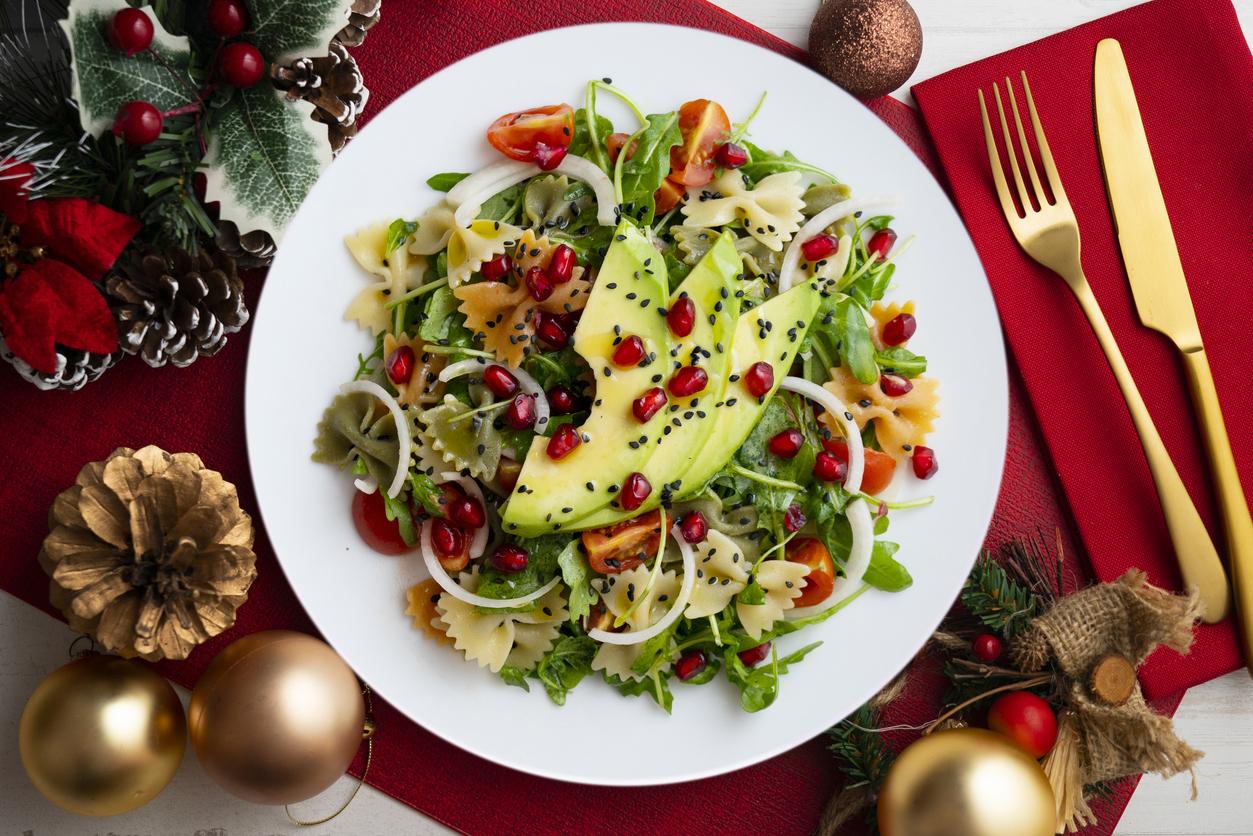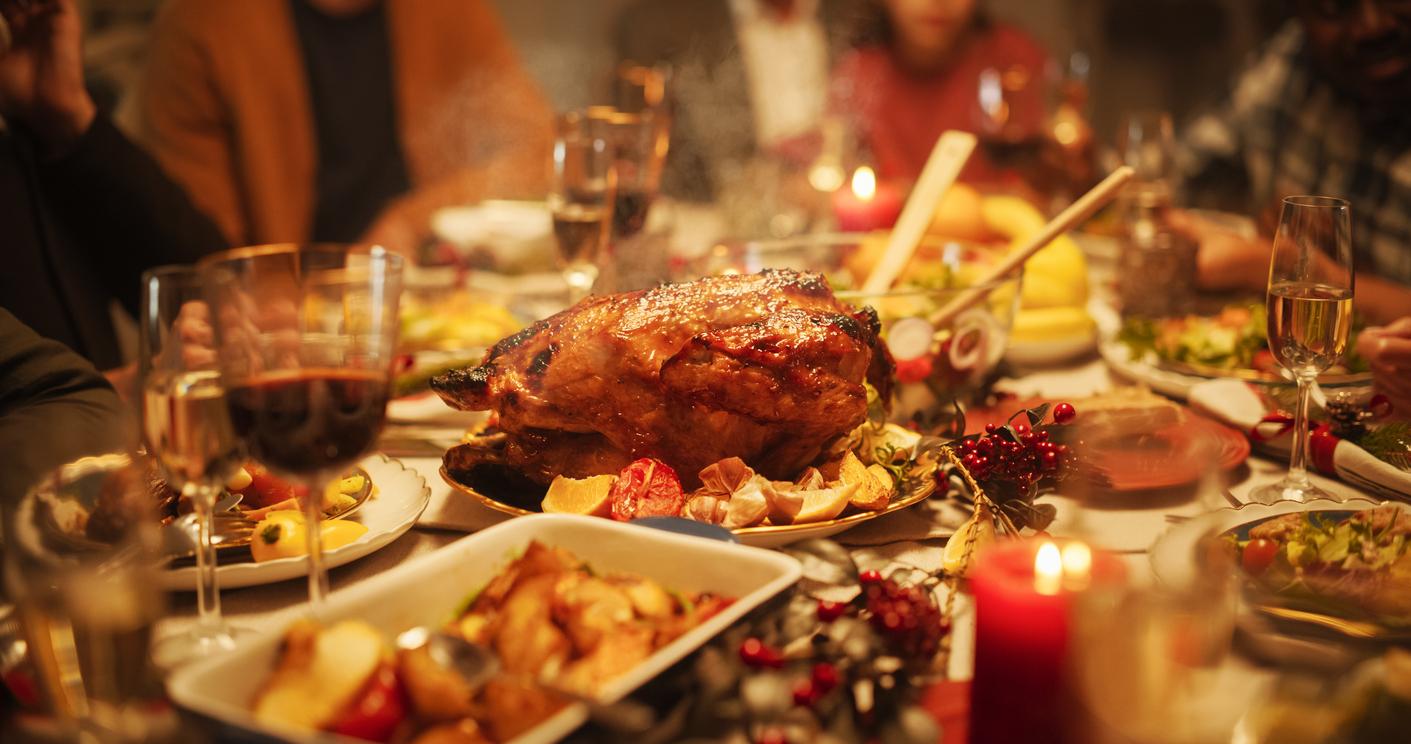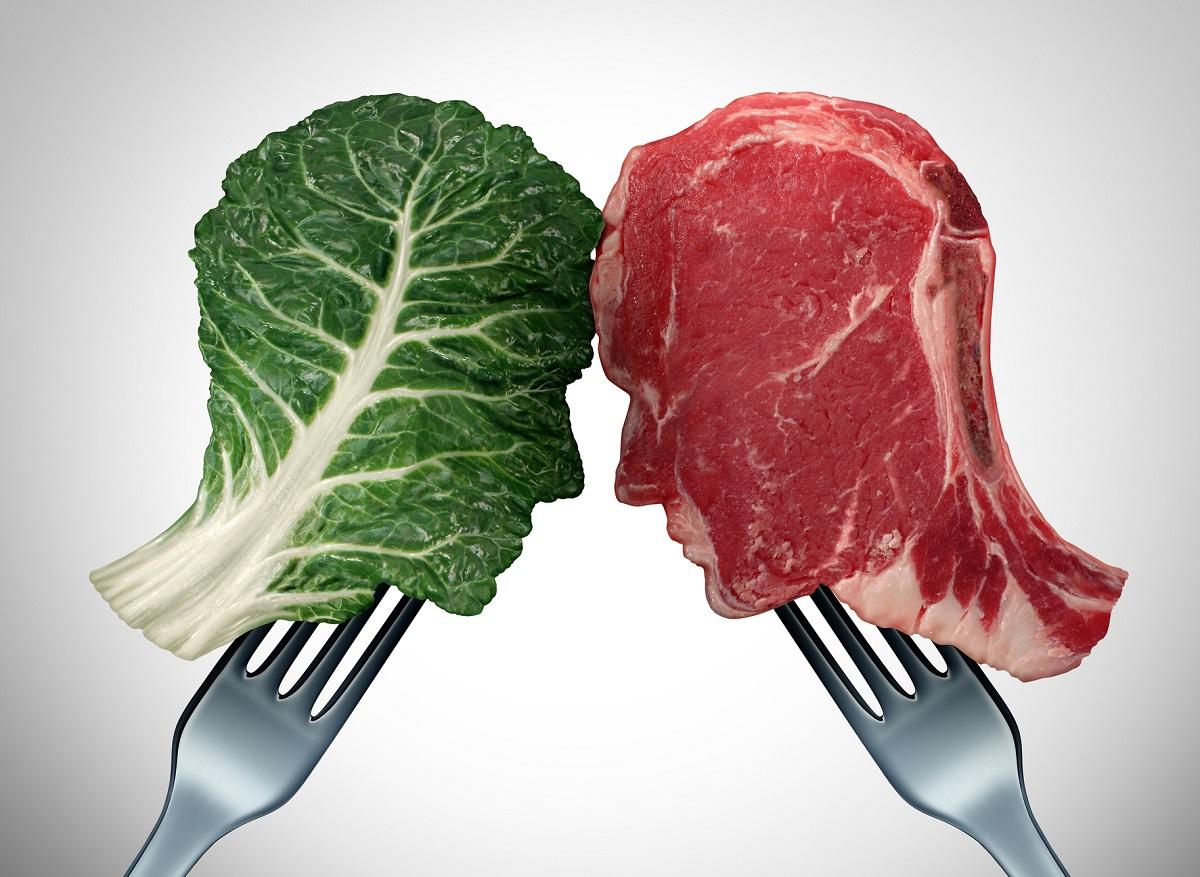5-color nutrition labeling could prove to be more beneficial than expected. The score on which it is based predicts the risk of cancer caused by diet.

Food labels in your cupboard could indicate your risk of developing cancer. A French team investigated the link between food balance and tumor development. She used the FSA-NPS score for this, which should soon be used to indicate the nutritional value of foods in stores. He classifies them according to 5 colors (green, yellow, orange, fuchsia, red). The results, published in the British Journal of Nutrition, make it possible to make the link between bad choices on the plate and increased risk of cancer.
The Nutritional Epidemiology Research Team (EREN) signs this study which assesses the link between the quality of food and cancer. The 6,435 participants of the SU-VI-MAX (AntioXidant Vitamin and Mineral Supplementation) cohort, started in 1994 and closed in 2007, completed at least 6 questionnaires spread over 2 years. They detailed the exact content of their different meals over 24-hour periods.
Risk increased by 34%
Using these data, the authors calculated the score for each food taking into account its content of calories, simple sugars, saturated fatty acids, sodium, fiber, protein, fruits and vegetables. “It was recently proposed in France to affix a color logo (5 colors) on the packaging of food products, in order to indicate in a simple and intuitive way the overall nutritional quality of the product to the consumer and thus guide him in his choices, explains Dr Mathilde Touvier, research coordinator contacted by Why actor. Therefore, we wanted to test whether people instead consuming foods of good nutritional quality (as defined by this score) had less risk of developing cancer. “
After a median follow-up of 12.6 years, 453 cancers were diagnosed in the participants. Excluding breast and prostate cancers, volunteers whose diet was the least balanced are 34% more at risk than those whose plate is the best stocked. A particularly strong association when the energy intake is moderate. This confirms the preventive interest of a good nutritional balance. But above all, according to the authors, this could suggest “that this beneficial effect would be counterbalanced by a high caloric intake. Hence the importance of ensuring the quality but also the quantity of food ingested.
Results to be confirmed
How to explain this link? The literature is quite prolific in this area, even if, as Mathilde Touvier reminds us, “Cancers are multifactorial diseases. Obesity in particular is associated with an increased risk of cancers of the digestive tract. However, a dietary imbalance promotes weight gain. But other work has suggested a link between excess salt and gastric cancer. Conversely, good habits are beneficial since fibers protect against colorectal cancer, and fruits and vegetables tend to reduce the risk of cancers of the mouth, pharynx, larynx, esophagus, stomach and lungs.
These results are in the process of being confirmed in larger cohorts, in particular the Nutrinet-Santé one. Caution is called for, because this study is indeed observational. “Our results suggest that people who consume predominantly fuschia / red-dominant foods are at greater risk than individuals who overall consume foods of better nutritional quality. But beware, “fuschia” or “red” foods do not in themselves increase the risk of cancer, specifies Mathilde Touvier to Why actor. Their consumption at reasonable frequencies and quantities does not represent a risk. It is about looking at the diet as a whole. One thing is certain: nutritional labeling must be clarified in order to promote healthier diets. Because on this level, the benefits are clear.
.















